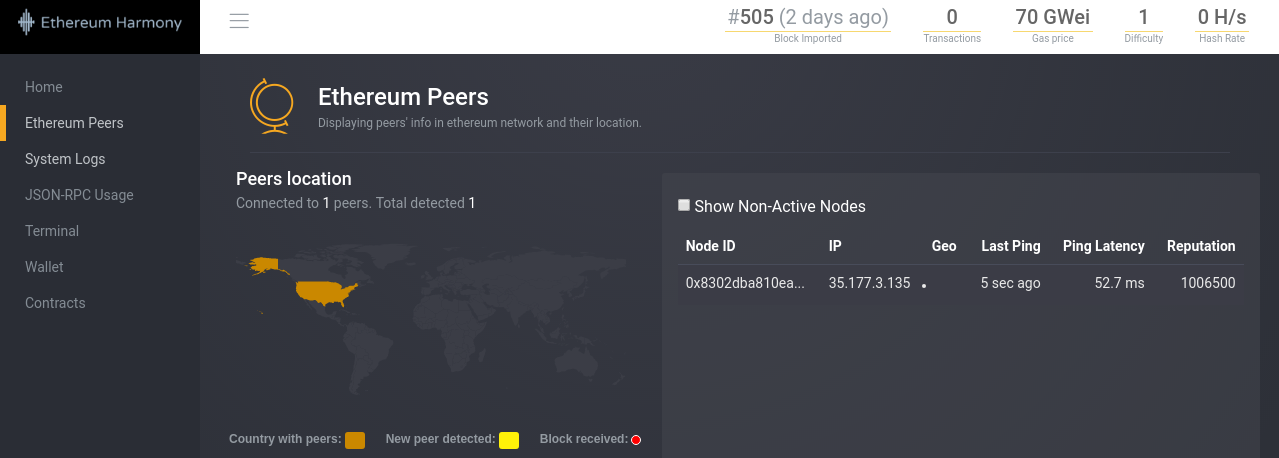I have been reading quite a lot about Vert.x recently and finally the day before yesterday I sat down and spent some time exploring it by writing some code. Today I would like to present the outcome. A little bit of history Like all Reactive frameworks/tool-kits/libraries, Vert.x is inspired by Node.js. Back when it was released, Node.js shocked many Java developers who looked down on Javascript, on top of owning the Web client side, JS wanted to conquer also the server side! And thanks to its non-blocking nature, Node.js performed better than typical Java application servers such as Tomcat or Glassfish. Then the Java world reacted (pun intended) and today Vert.x is one of the most matured reactive technologies for the JVM. First Vert.x application When trying to build my first super-simple reactive (not really) application using Vert.x, I started following this tutorial from the lead developers of Vert.x. That's great stuff, but I found it a little overwhelming
